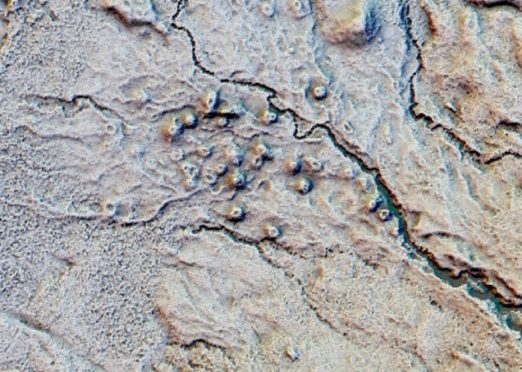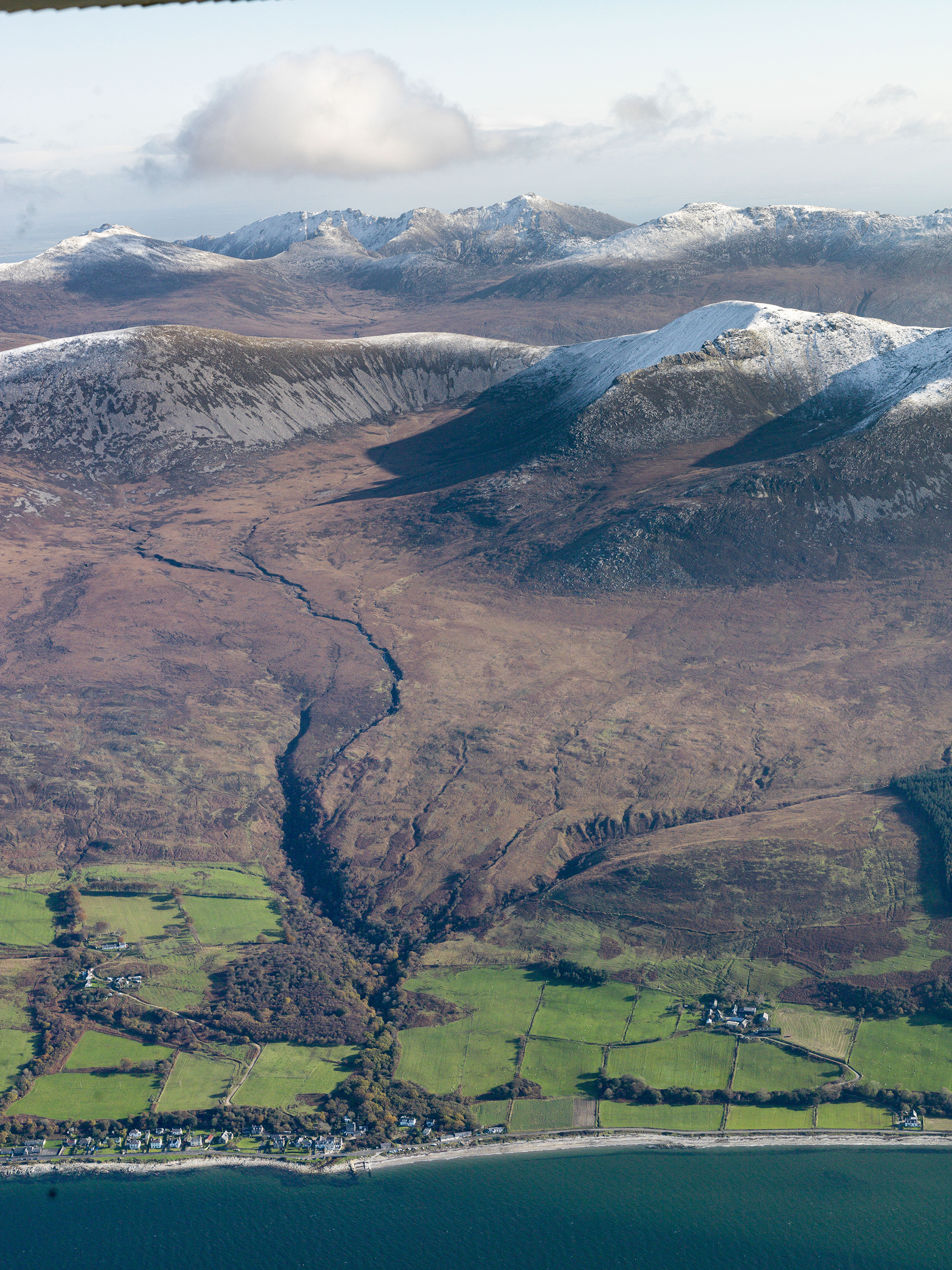
A cutting-edge archaeological project using innovative technology has revealed around 1,000 previously unknown archaeological sites on the Isle of Arran.
The project, undertaken by archaeologists at Historic Environment Scotland (HES), used airborne laser scanning, also known as lidar, to document the land surface in 3D.
The survey is the largest of its type so far in Scotland and has detected the remains of ancient monuments on the island.
Previously unknown ancient archaeological sites also discovered include prehistoric settlements and medieval farmsteads, as well as a Neolithic cursus monument – an exceptionally rare find on the west coast of Scotland.
Dave Cowley, Rapid Archaeological Mapping Manager at HES, said: “This survey has shown us that there are double the number of ancient monuments on Arran than we previously knew about.
“This new 3D technology has allowed us to undertake a rapid archaeological survey, over weeks rather than months or years, and allowed us to discover sites that might even have been impossible to find otherwise.
“We have been able to see how densely settled parts of Arran were, and the medieval and post-medieval shieling sites that were discovered have told us how upland areas were used by shepherds.
“As this technology become more widely available, we expect to find tens of thousands more ancient sites across the rest of Scotland – working at a pace that was unimaginable a few years ago.”
The survey results are available to view on Canmore – Scotland’s National Record of the Historic Environment.

Enjoy the convenience of having The Sunday Post delivered as a digital ePaper straight to your smartphone, tablet or computer.
Subscribe for only £5.49 a month and enjoy all the benefits of the printed paper as a digital replica.
Subscribe © HES
© HES